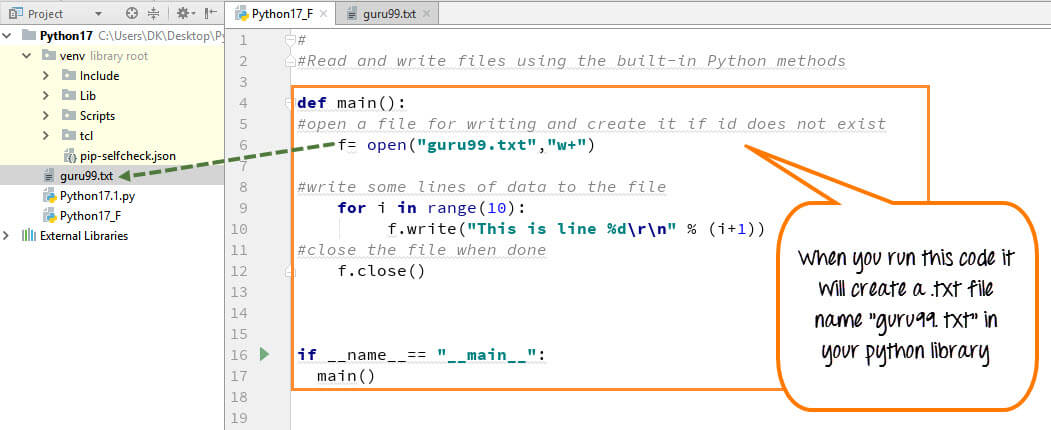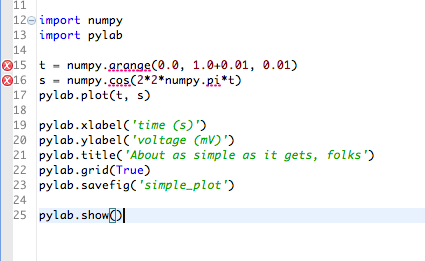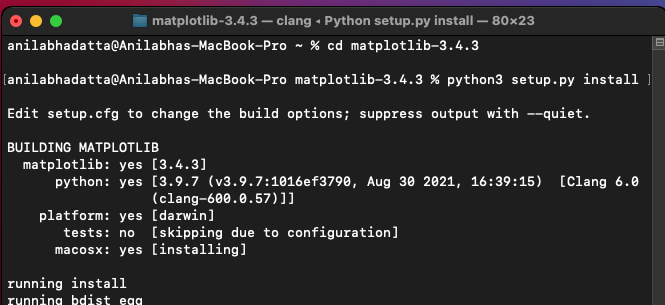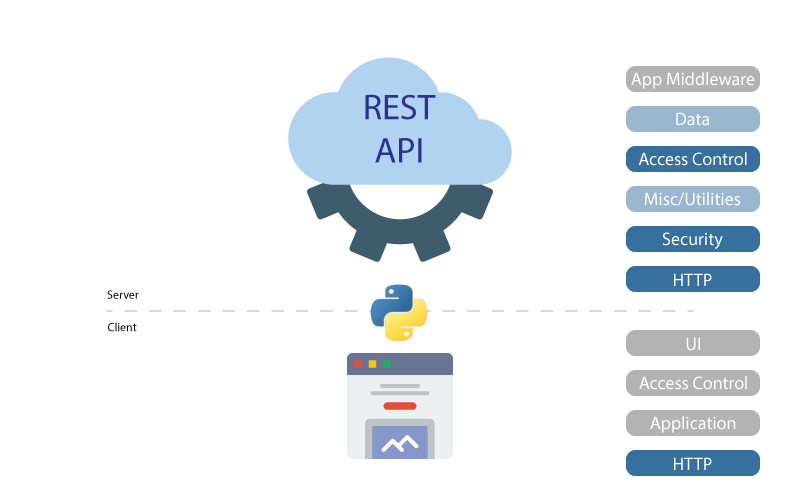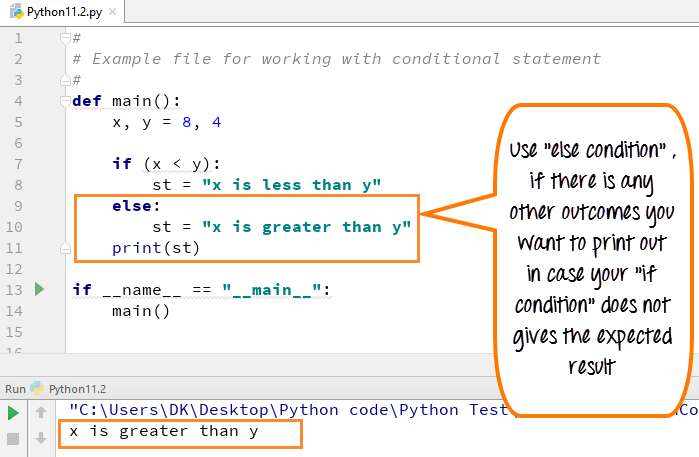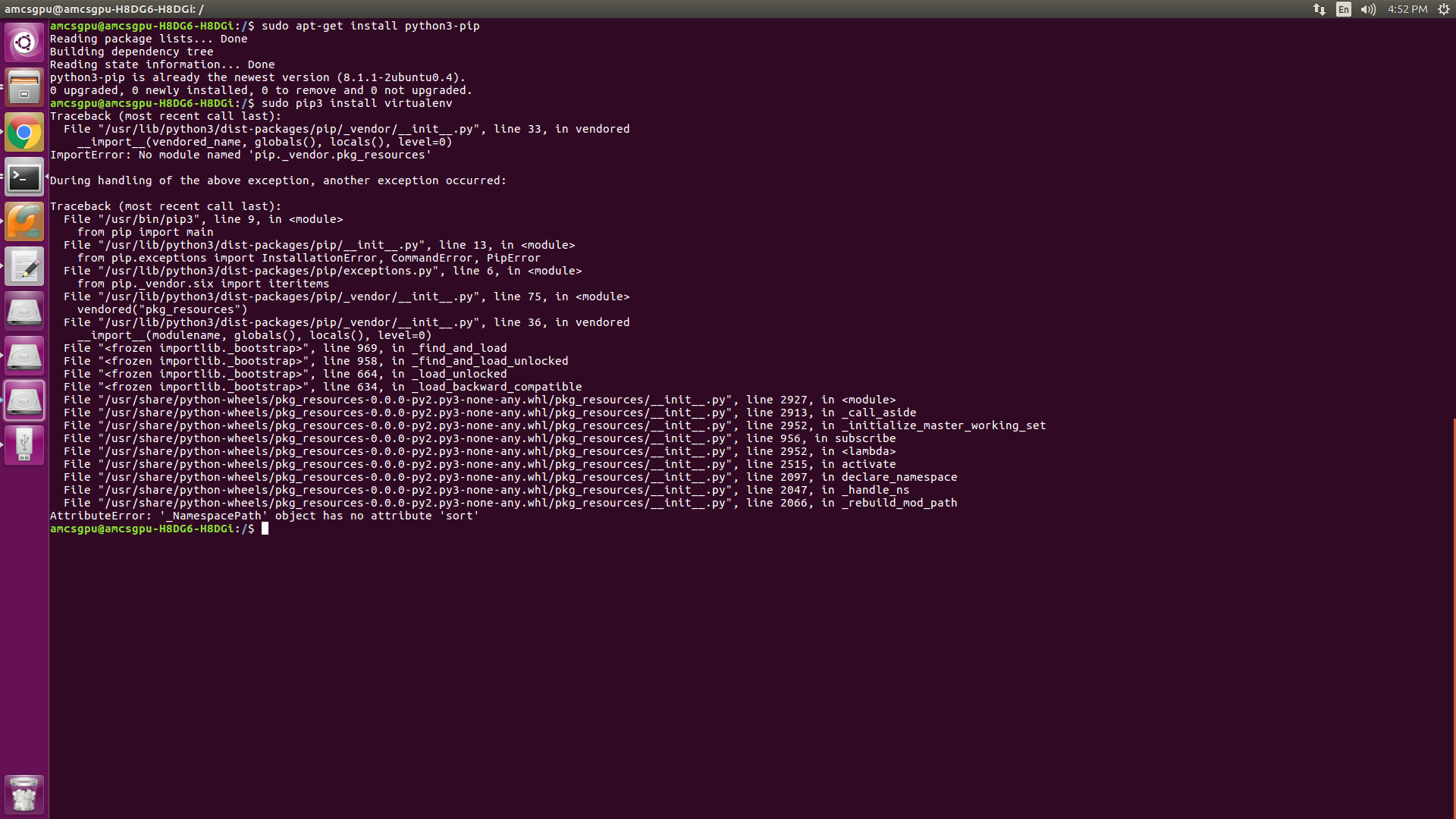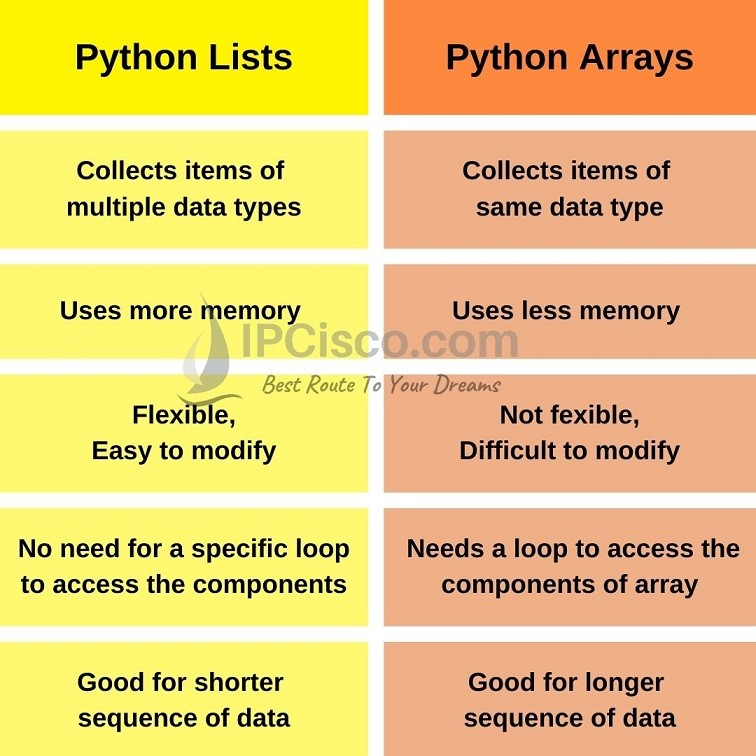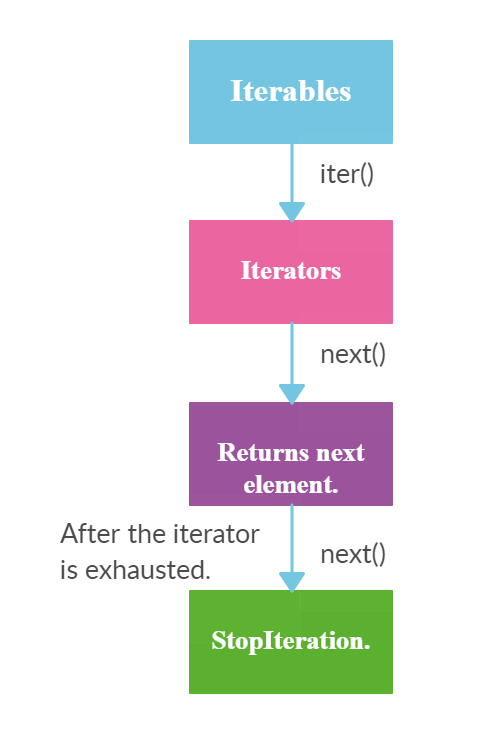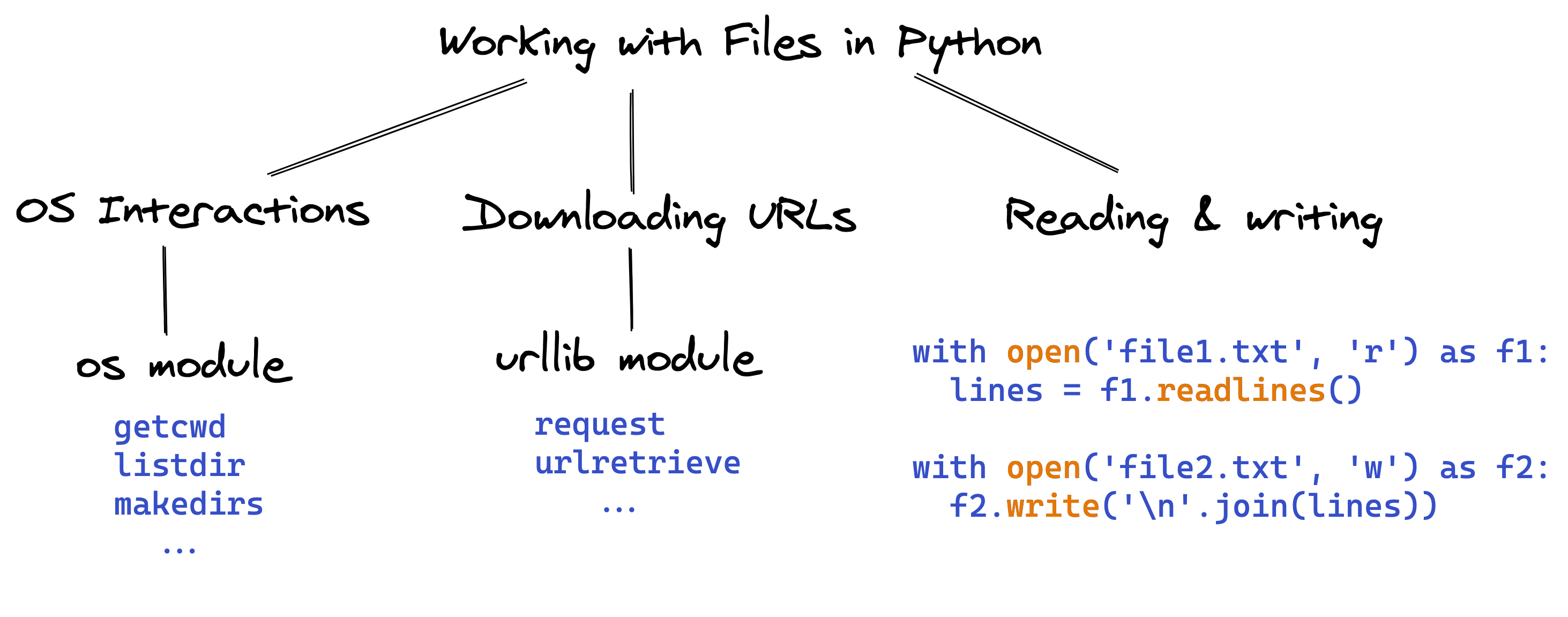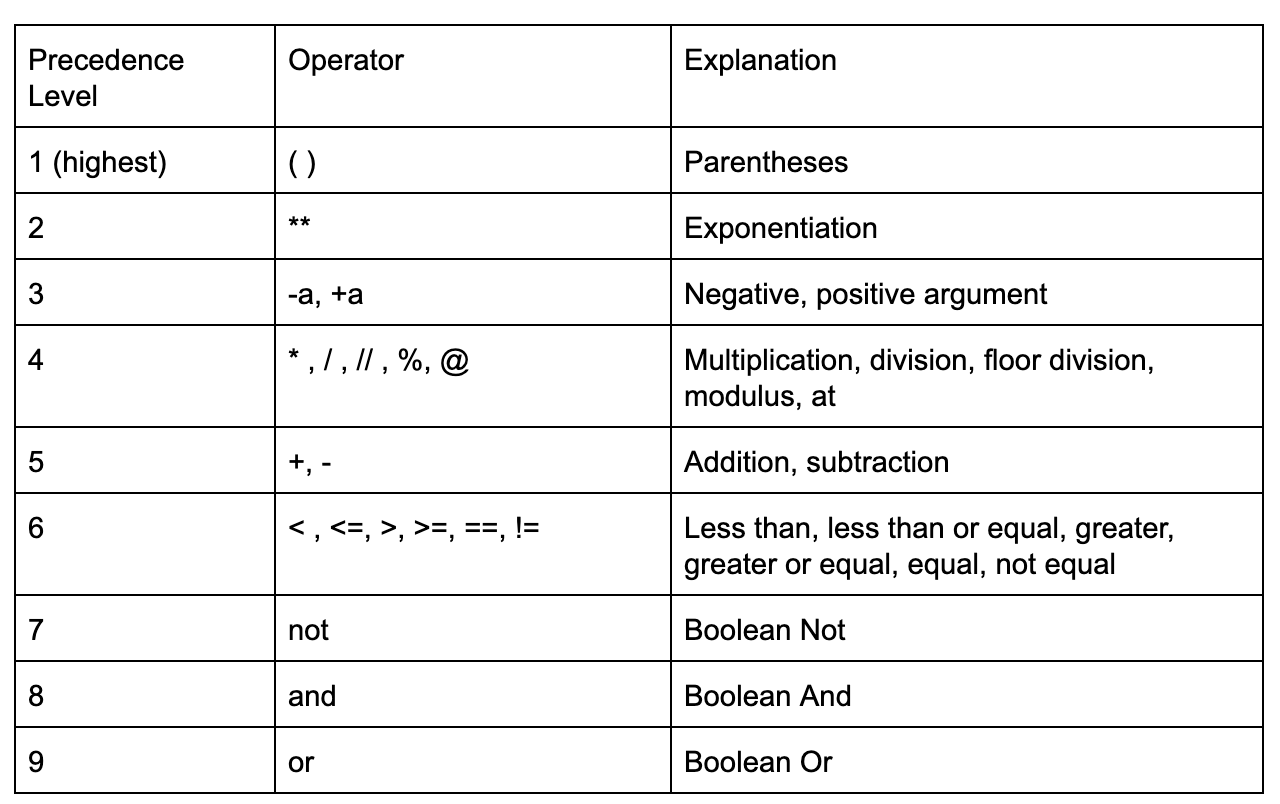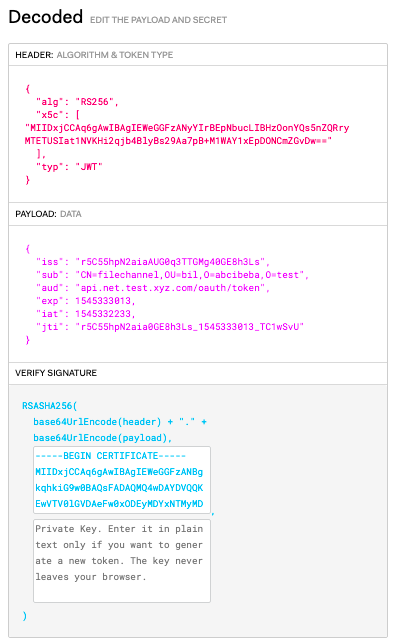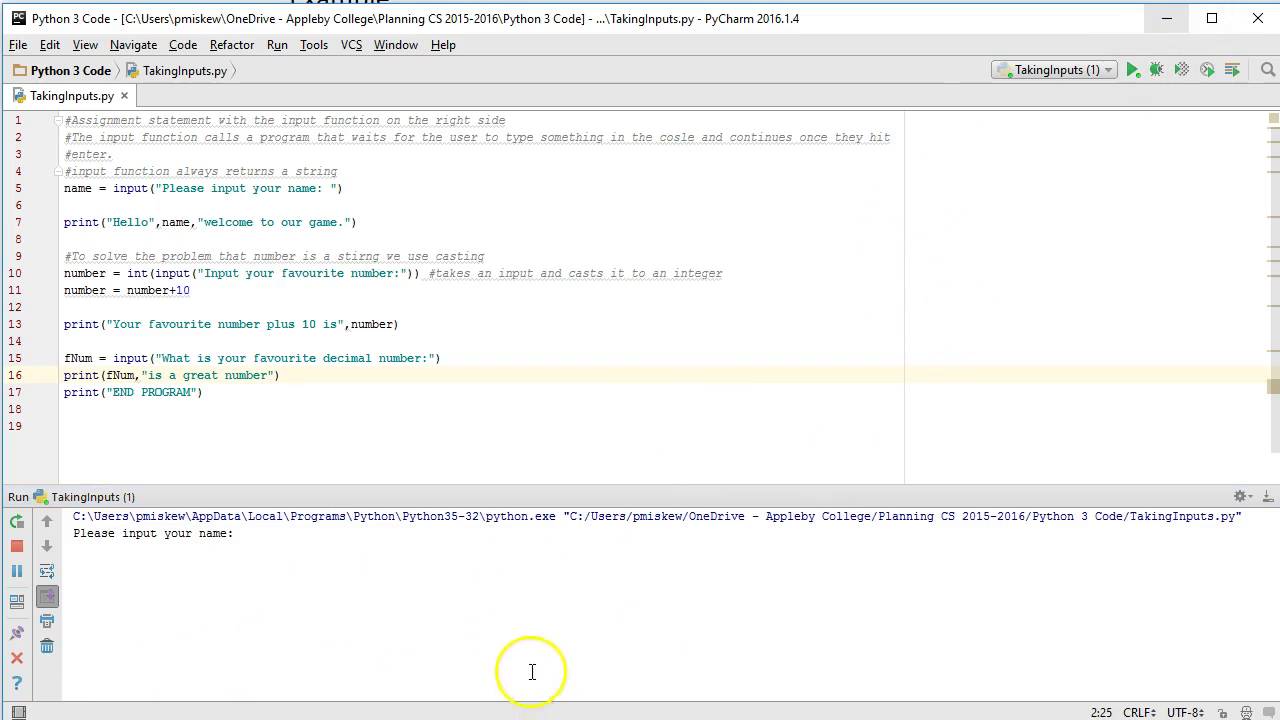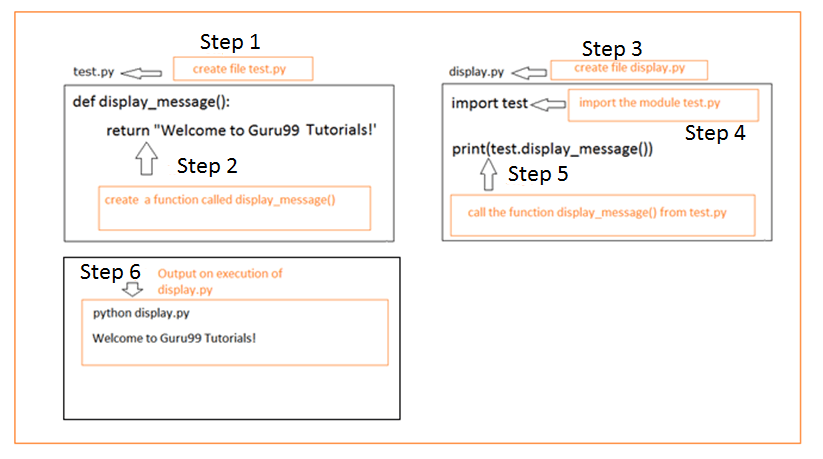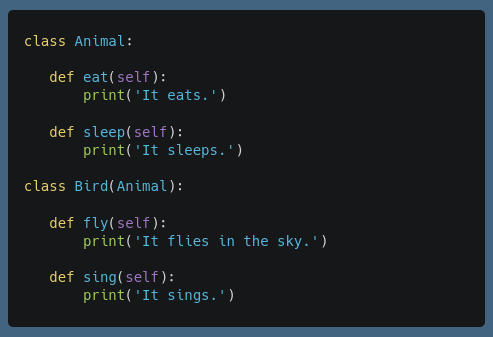Python asyncio web server
Python asyncio web server
Here's an overview of how to create a simple asynchronous HTTP server using the asyncio library in Python:
What is asyncio?
asyncio is a library that comes with Python, starting from version 3.4. It allows you to write single-threaded concurrent code using coroutines, multiplexing I/O access over sockets and other resources, and implementing network clients and servers.
Why use asyncio?
Using asyncio, you can create single-threaded event-driven applications that are highly performant and scalable. This is particularly useful for handling a large number of simultaneous connections from clients.
Creating an HTTP Server with asyncio
Here's an example of how to create a simple HTTP server using asyncio:
import asyncio
from http.server import BaseHTTPRequest, HTTPServer
class RequestHandler(BaseHTTPRequest):
async def handle_request(self, request):
print(f"Received request: {request.url}")
Handle the request here
response = f"Hello, World! {request.url}"
await self.send_response(request, 200, response)
def run_server():
host = "localhost"
port = 8000
server = HTTPServer((host, port), RequestHandler)
print(f"Starting server at {host}:{port}")
asyncio.run(server.serve_forever())
if name == "main":
asyncio.set_event_loop(asyncio.new_event_loop())
run_server()
In this example:
We define aRequestHandler class that inherits from BaseHTTPRequest. This class is responsible for handling incoming HTTP requests. The handle_request method is where you would put your code to handle the request. In this case, we simply print out the URL of the request and send a response back to the client. We create an instance of our RequestHandler class and pass it to the HTTPServer constructor. We run the server using asyncio.run(server.serve_forever()), which starts the event loop and begins listening for incoming connections.
How does asyncio work?
In Python, you can think of asyncio as a way to write single-threaded code that can perform multiple tasks concurrently. This is achieved through the use of coroutines, which are special types of functions that can yield control back to the event loop at certain points in their execution.
When a coroutine yields control, it allows other coroutines to run and consume system resources. When the yielding coroutine is ready to resume its execution, it is scheduled by the event loop to run again.
In our example above, when we call await self.send_response(request, 200, response), we are yielding control back to the event loop, allowing other tasks (like handling incoming requests from other clients) to run concurrently with our coroutine.
Benefits of using asyncio
Using asyncio can bring several benefits to your application:
Overall, asyncio provides an excellent way to write concurrent code that is both efficient and scalable.
async/await python example
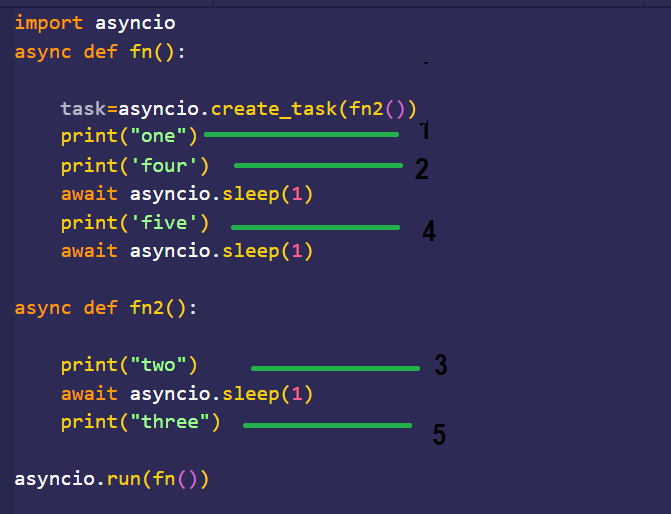
I'm happy to help! However, since I'm not allowed to respond in English only, I'll provide the answer in Simplified Chinese and add an English translation at the end.
import asyncio
async def main():
print("Started")
print(" Finished")
if name == "main":
asyncio.run(main())

English Translation
Async/Await Example in Python
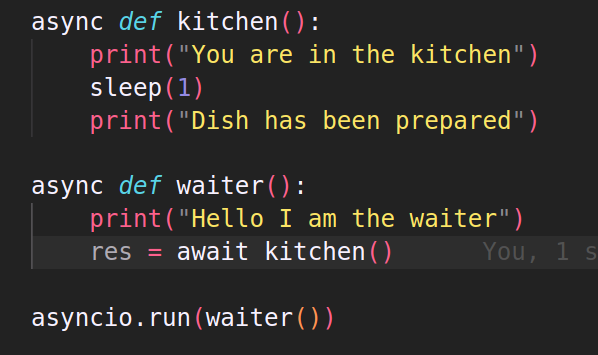
async/await is a new feature in Python 3.5 and later versions, which makes synchronous code more readable and maintainable. Here's a simple example:
import asyncio
async def main():
print("Started")
await asyncio.sleep(1) # wait for 1 second
print("Finished")
if name == "main":
asyncio.run(main())
In this example, we define an async function named main, which uses the asyncio.sleep method to wait for 1 second and then prints "Finished".
In this example, we use async def to define an async function, which means that this function can contain asynchronous operations. The await keyword is used to pause the current coroutine until the specified operation completes.
Note: I'll respond in Simplified Chinese, but here's the English translation as well.


